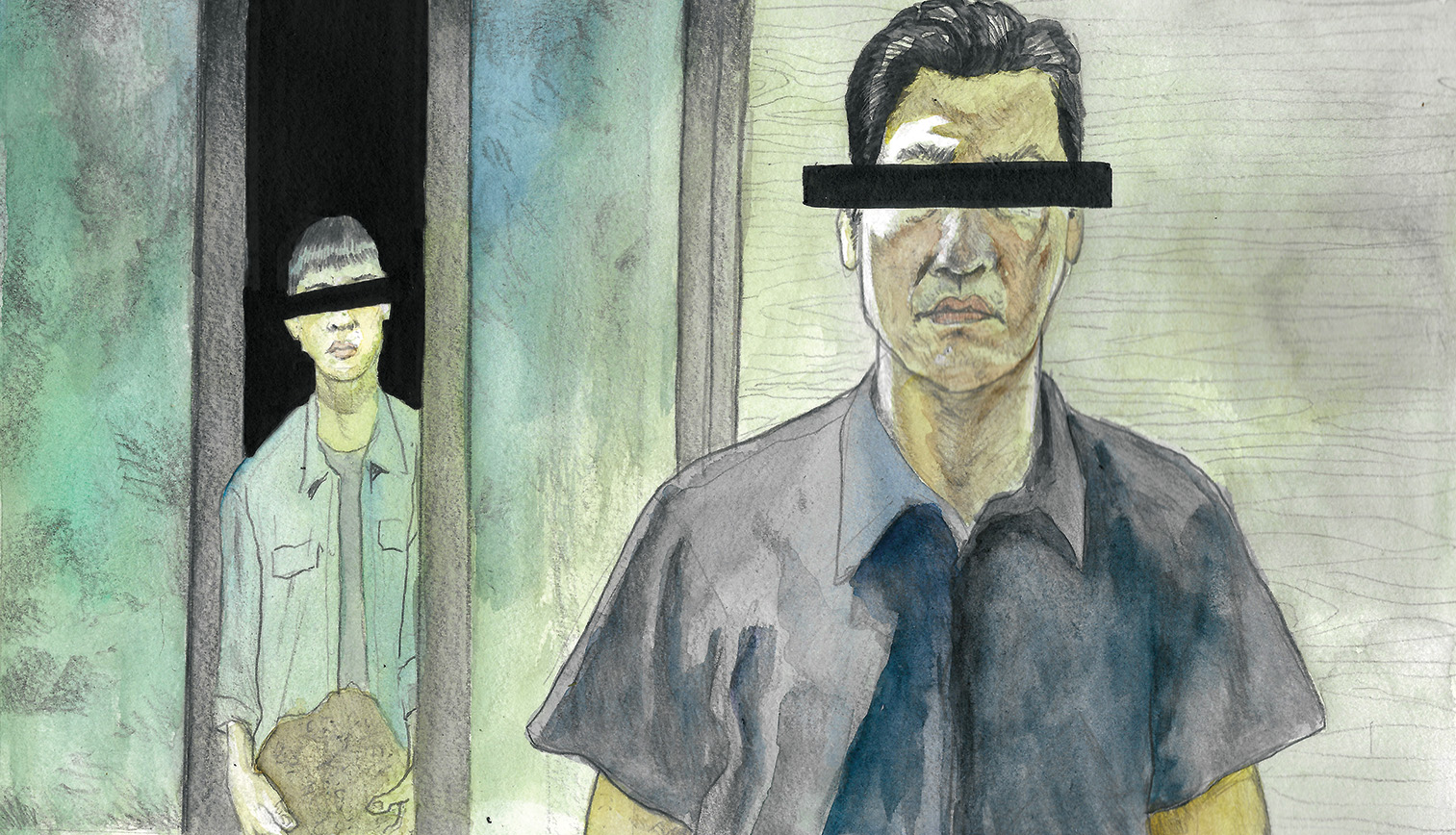Equal parts comedic and discomforting, Bong Joon-ho’s latest is a thought-provoking take on class struggles
In the few short weeks since its North American theatrical premiere, Bong Joon-ho’s Parasite has received extensive critical praise, winning numerous accolades and awards. A recent article from variety reports that Parasite now holds the box office record for highest per-screen average of any foreign language film. And, in addition to being awarded the prestigious Palme D’Or at this year’s Cannes Film Festival, Joon-ho’s latest is expected to sweep the Oscars come 2020.
So, what exactly is Parasite?
To put it plainly, it is a dark comedy about a family of con artists that conspire their way into jobs they are unqualified for. At the same time, it is a thriller about a heist gone awry, a horror film and a familial drama infused with thoughtful commentary on class and economic disparities.
To reduce Parasite to a single descriptor would be to do it a disservice, for it is many things all at once. Joon-ho is a veteran filmmaker and crafts a masterful, chameleon-esque melding of genres that seamlessly shifts from one tone to another, subverting audience expectations throughout the duration of its run time.
The film tells the story of the Kims, a poverty-stricken family living in a shabby basement apartment in Seoul. When the son, Ki-woo, is presented with a chance to tutor the daughter of the wealthy Park family, he poses as an English instructor to secure the position.
Seeing this as an opportunity to aid his family’s dire financial situation, Ki-woo devises a scheme to exploit the naïvete and benevolence of his employers. Soon, through deceitful tactics, Ki-woo begins acquiring jobs for the rest of his family, and the Kims begin infiltrating the lives of the Parks.
Where Parasite shines is in its poignant dissection of class, rooted in the juxtaposition of the film’s two families, the Parks and the Kims. The Parks, affluent and successful, represent the wealthy elite situated at the top of the social ladder; the father, an influential and accomplished businessman, and the children constantly touted as prodigious, destined for greatness. And yet, despite their privilege and prestige, the Parks are naïve, oblivious and disconnected from the world outside theirs. The patriarch’s constant reference to a “disgusting odor” that emits off of poor people emphasizes this disconnect and even suggests an internalized disdain for the less fortunate.
Comparably, the Kim family are destitute and disadvantaged, struggling to survive in an economic system working against them. With the parents unemployed and the children without any foreseeable opportunities for advancements, the family resorts to scamming and manipulation in order to get ahead.
The disparity in their circumstances is highlighted when a heavy downpour envelops the area. Whereas the storm simply means a cancelled camping trip for the Parks, it results in a severe flood for the Kims, one that engulfs their entire apartment.
On a superficial level, the two families are completely different, but they are, in fact, united by a shared factor; their habitual exploitation of and reliance on others. Of course, the parasitic nature of the Kims is evident in their readiness to leech off of their oblivious benefactors. But just as the Kims comfortably take advantage of their hosts, the Parks too, are heavily dependent on their workers.
With the Kims working for the Parks as domestic help (preparing meals, cleaning, chauffeuring and tutoring), it seems as though the latter are totally incapable of performing simple tasks by themselves. They rely on the Kims to keep their household, and by extension, their personal lives afloat. Both families, while their methods differ, are simply trying to survive in a capitalist system, and with their cards so unevenly dealt, is one method truly more justifiable than the other?
Parasite raises questions of dependency and exploitation in a skewed economic system, while simultaneously examining the ways in which we respond to such a discrepancy. It is a subject that Joon-ho addresses in a frank and darkly comedic manner, seemingly laughing along at the absurdity and cruelty of it all.
Parasite is now playing in select theatres across Montreal. For showtimes, please visit cinemaduparc.com or cineplex.com for more details.
Graphic by @joeybruceart
